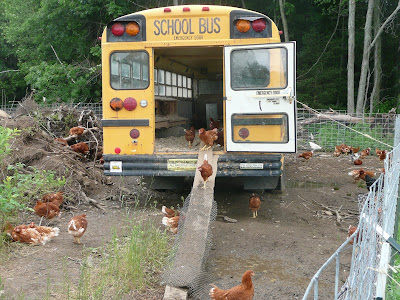That was before late blight came to New England. Late blight is a fungus that attacks tomato plants when green fruit is already on the vine, and within a few days reduces entire fields of tomatoes, to shriveled heaps of brown and black leaves and stems. It spreads wide, far, and fast, and the only way to protect plants is with massive applications of powerful fungicides—something organic producers cannot do.
Late blight is the same disease that decimated Irish potatoes in the 1840s, resulting in widespread famine, massive emigration, and the proliferation of apostrophed South Boston surnames. It is affecting potatoes here too, but the tomatoes have fared worse. Across the northeast, even into the Ohio valley, the tomato crop is suffering. Blight was spread through infected soil in tomato seedlings sold by big box retailers like Home Depot. And even though our CSA, Waltham Fields, grows their plants from seed, plants in surrounding backyard gardens cast millions of spores into the breeze, dispersing the blight widely. Meanwhile, our cold summer with recordbreaking rains sapped tomato resistance, making the plants even more susceptible.
Here’s how Waltham Fields describes the sad result:
Late blight, the fungus-like disease that caused the Irish potato famine, hit our farm early and hard....Heavy on the vines and almost ready to ripen, the fruit turned rotten in a matter of days. From one Saturday to the next, the vines withered and died on their trellises. The second succession, planted right beside the first, was hit next. Despite spraying copper, an organically approved fungicide, we saw the blight appear in our cherry and plum tomatoes as well.(the whole story, describing all of the hard work ruined by the fungus, is here)
Everyone has been treating this as simply one terrible harvest, but the potato fungus in Ireland returned for several years; will the tomatoes recover next year and the year after?
There is one (potential) bright spot. In May, we planted seven tomato plants in our backyard (5 Sun Golds and 2 Big Beefs). Grown from seed, they have thrived, especially the smaller sungolds—the two that I grew in the Earthbox are nearing 6 feet high, and already have over 100 tomatoes on the vine. The first few have just ripened – and they’re delicious. But they don’t call it late blight for nothing, so I nervously check them every day. Here’s hoping for the best…







